In the complex circuit of contemporary art fairs and exhibitions that follow one another undaunted in the national and international territory, you always find suggestive works of hyper-conceptual art that confront the viewer with his atavistic discomfort in having to culturally measure himself with the artist demiurge of useless thought. However, useless thought, some might say, is also a thought. Who takes it upon himself to refute the intelligentsia of the art system so well established over time and shout that the king is dumb? Ultimately, a lot of contemporary art instead of being a tool for aesthetic-cultural enrichment and beauty, has become a thermometer to measure the ignorance of the public who curiously engage in the noble gesture of delving into the subject of “contemporary art.” Will it really be so? Taking full responsibility for what I am going to say, after years of passionate study of past, modern and contemporary art history and having traveled and frequented the art system far, the long and sideways as an artist, I want to demonstrate how these years of study, time and money have been spent in vain.
In the magnum sea of hyper-conceptual art production, one work in particular caught my attention: the stick leaning against the wall. It was not easy to spot. The first few times I saw it, I walked past it without showing it any attention. It was only when I saw a plaque next to it that I realized it was a work of art. The risk one runs with this art is that it is not easily individualized. In fact, the more invisible it is, the more conceptual it is. A few years ago I was visiting the Guggenheim in New York where an exhibition by a certain Tino Sehgal was going on. The walls were empty and many people crowded the spiral ramp of Wright’s building. I suspected that something was lurking in front of my eyes, but I did not understand what. Only after I had left the museum did I learn that children in attendance were trying to talk to spectators and a couple was kissing each other all the time. If an artist with this stunt (situationist performance?) exhibited in one of the most sacred places of contemporary art, it really means that I have no hope of being able to appreciate that kind of art.
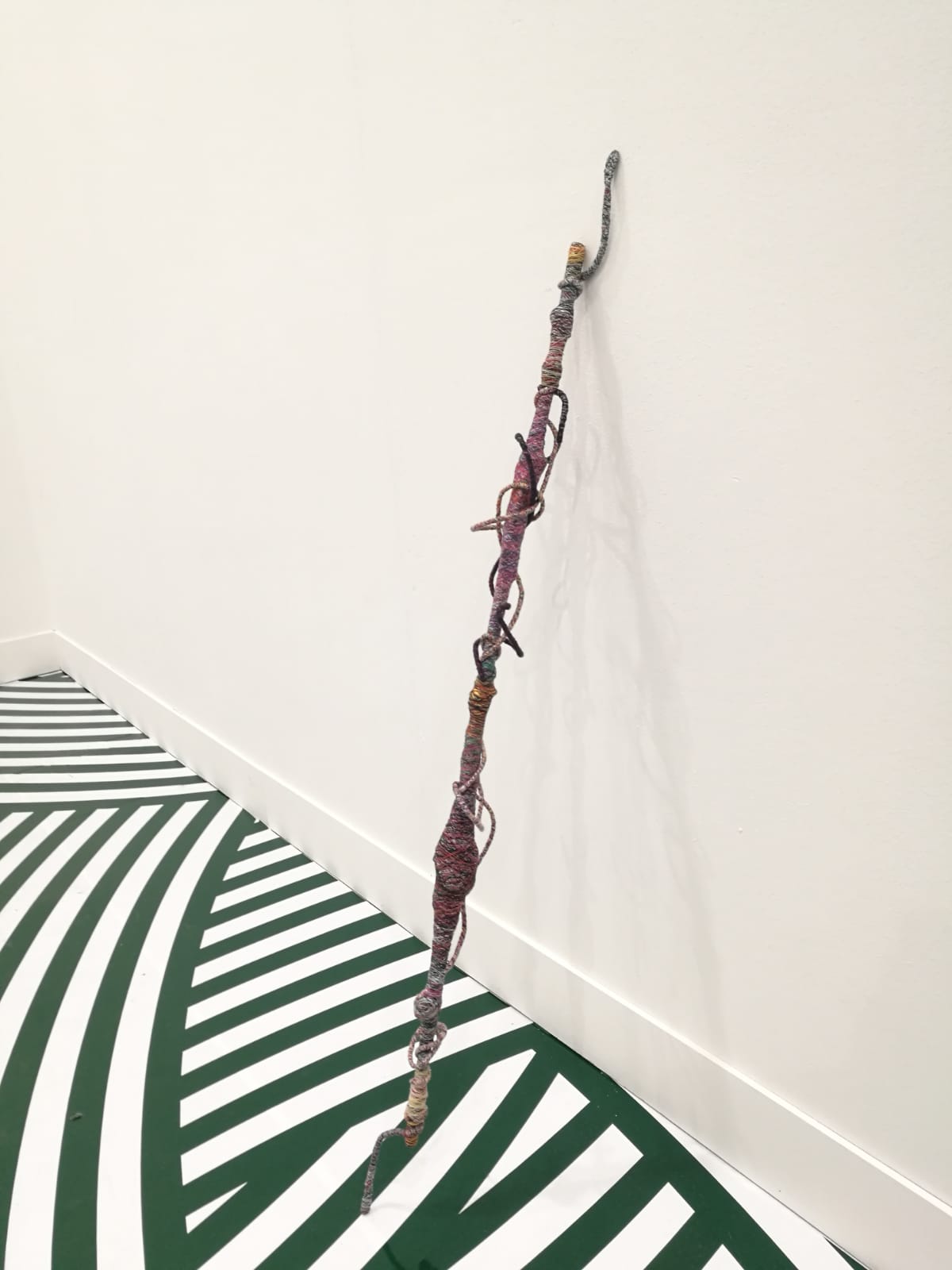
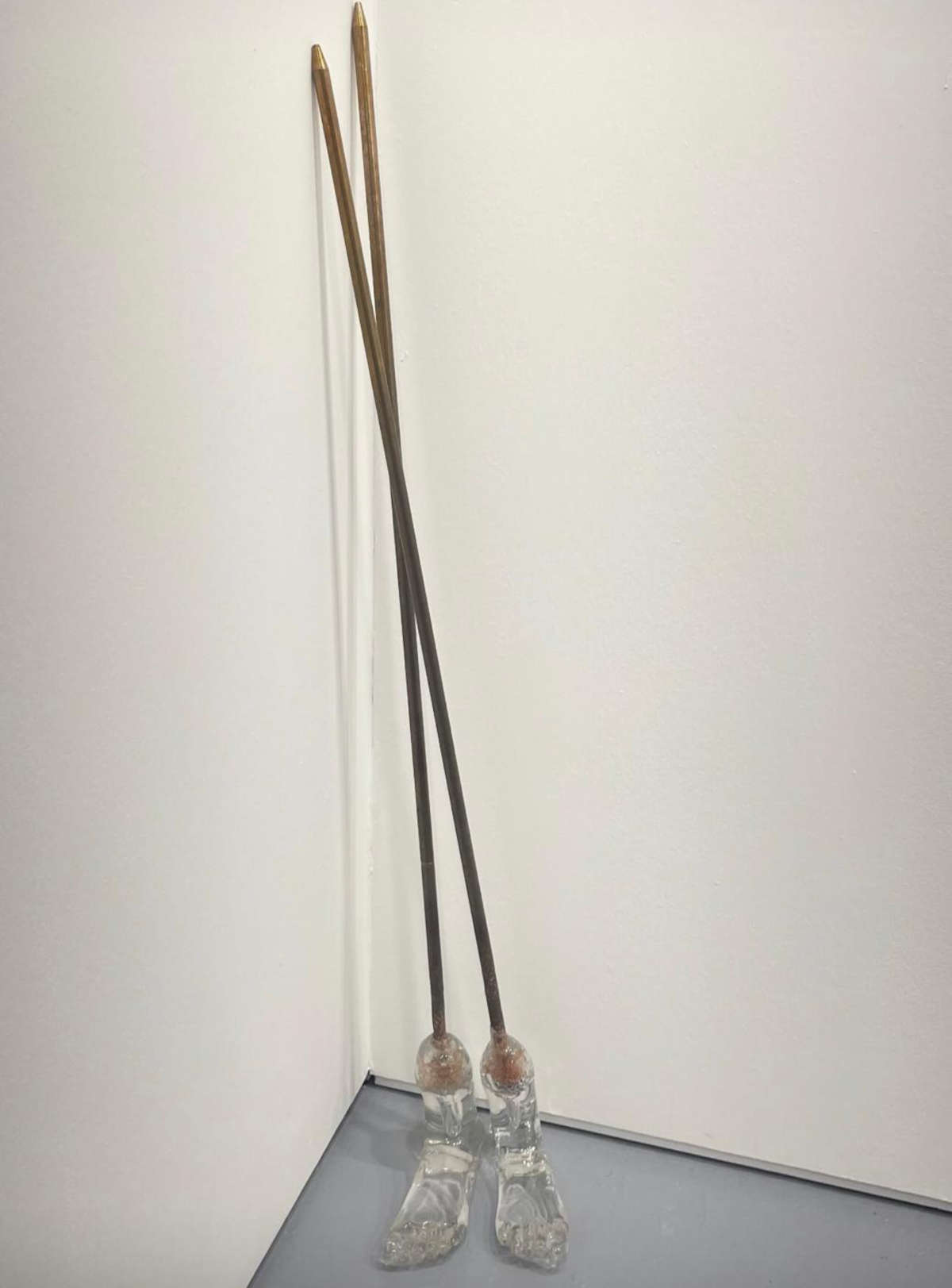
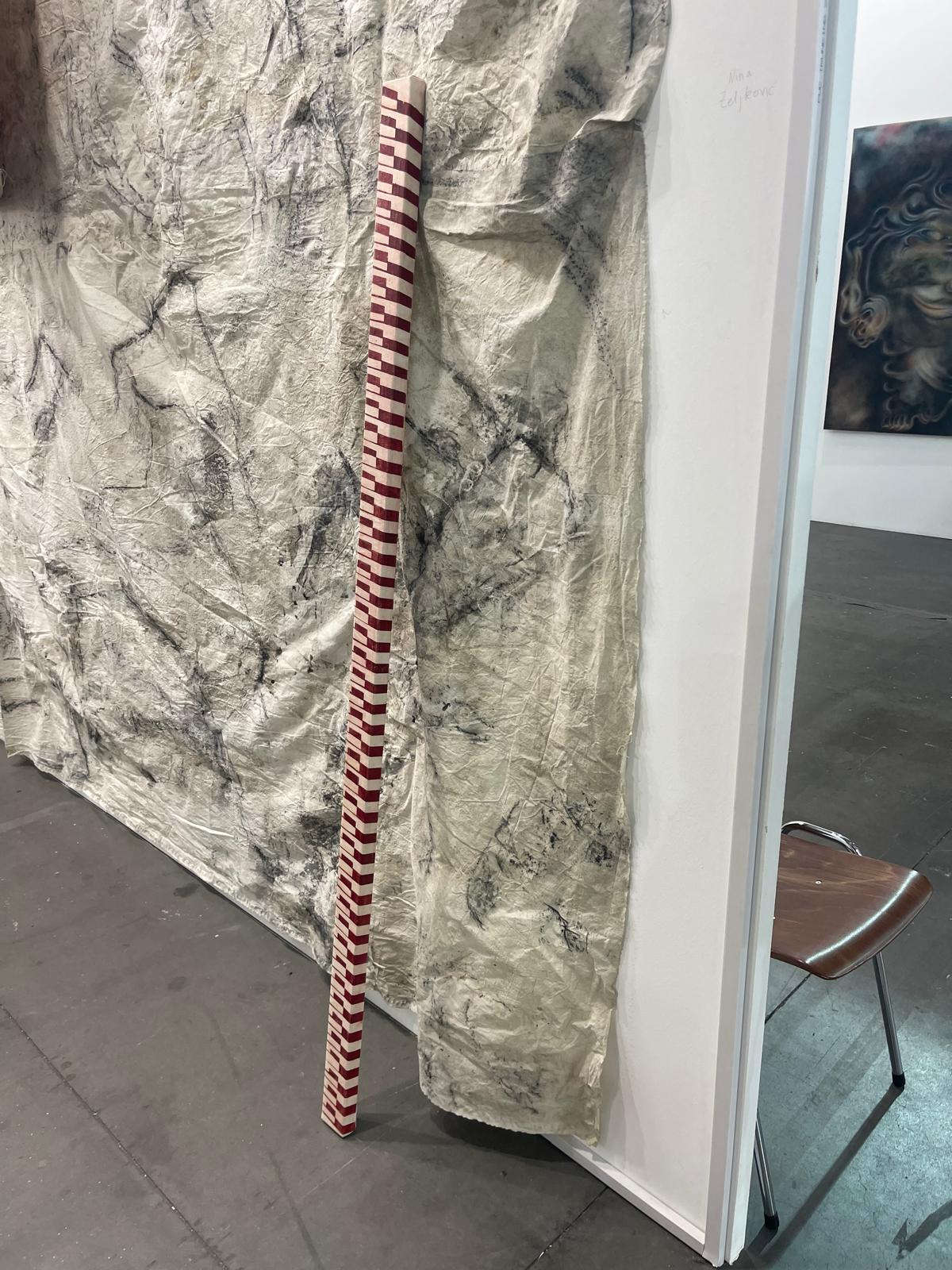
Back to our stick. Beyond any futuristic articulated interpretation to which many adherents immolate their approvals, it always remains a stick leaning against the wall. When confronted with such a work we stand as if it were a riddle to be solved by clinging to the usual resolving answers of Duchampian memory. What enigmatic message can a stick leaning against the wall conceal? One must, however, not be superficial; not all sticks are the same: some are made of colored wood, others remain in their natural appearance (in pursuit of a primitivism dear to the historical avant-gardes) or geometrically linear perfectly trimmed; they may be made of bronze or glass (the latter functional to represent the fragility of ’existence behind an apparent solidity); the colored ones can have an abstract geometric or “expressive abstract” decoration (if an existential interpretation is given it is American-inspired or if it is wild it is German-inspired). From this small list of variations, we can see that the stick gives the artist the opportunity to express himself in his most coveted expressive freedom.
Another question we ask ourselves: how much will a stick lean against the wall cost? I have never gotten into the economic dynamics that determine the value (perhaps price is more correct!) of a conceptual work. Every time I have tried, I have gotten laughable answers. When you ask a gallerist (or whoever) about the price, he hardly answers: he starts pitying you by telling you about the dramatic life of the artist who fled the city to take refuge in Tibet and for seven years has been living in isolation feeding only on pine needles; they list all the important exhibitions he has participated in; all the awards he has won; to the fact that Asclepius bought one of his works...after half an hour of listening passionately they tell you that the work has already been sold at a very high price, however, if the shoes you wear are expensive, they ask you to leave your phone number. In fact after a few months they get in touch to tell you that the artist has produced a new stick and they are selling it to you at a special price.

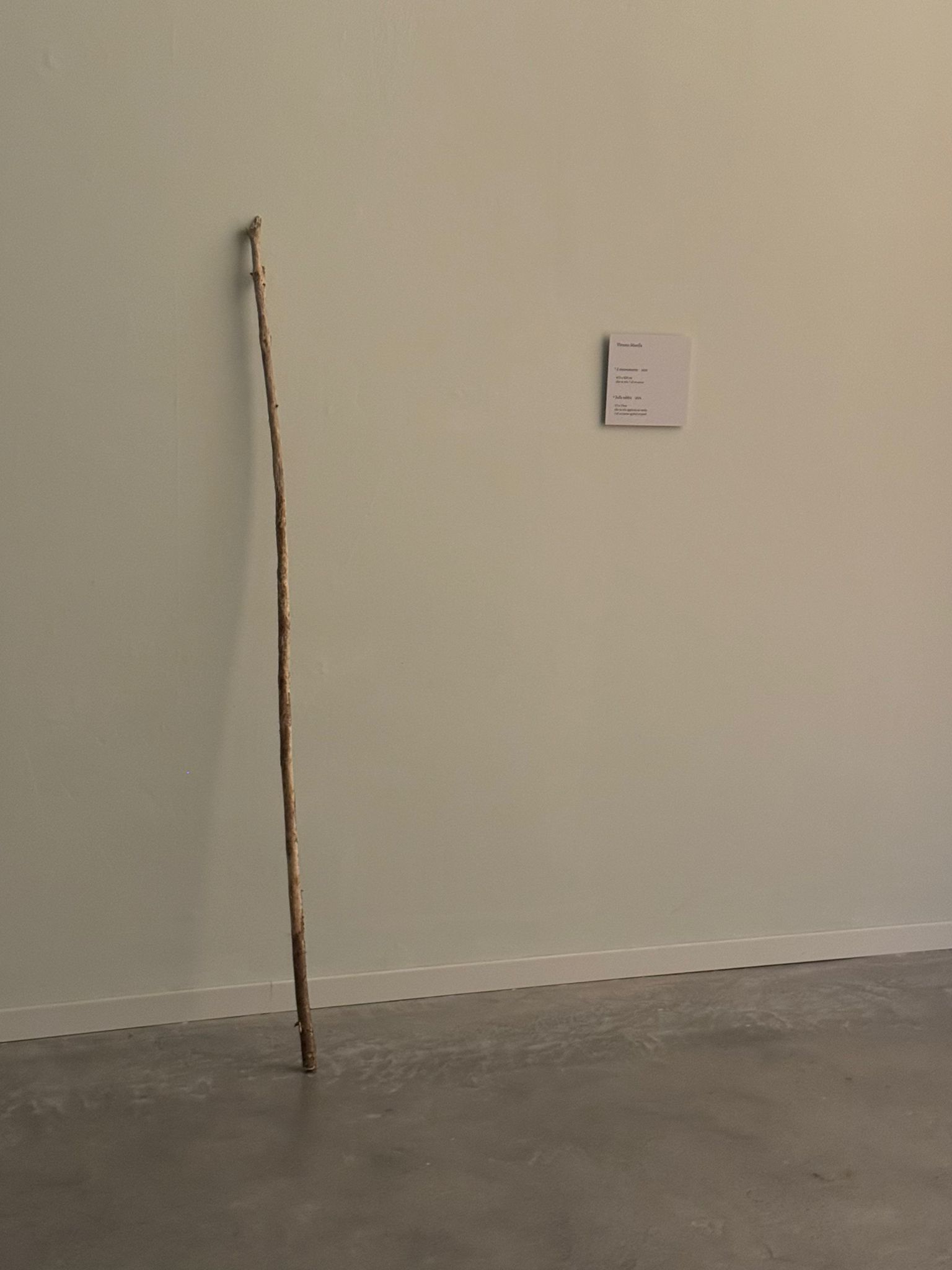
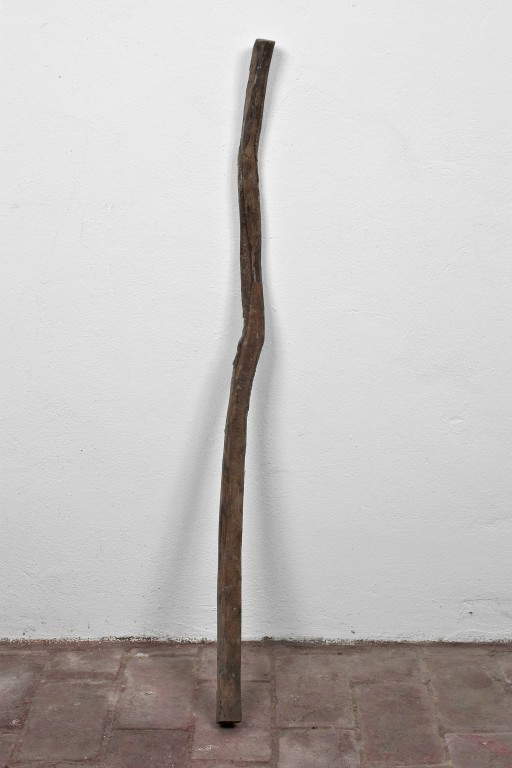
It is conceivable that a collector who takes home the work of the “stick leaning against the wall” for a considerable amount of money risks that someone might trip over it and drop it. If it is made of wood, iron, or bronze he gets away with a good restoration, but if it is made of glass or ceramics, no matter how miraculous the restoration may be, it will no longer be intact, and at that point one will have to call in a conceptual art expert who will cite the fate of Duchamp’s “Great Glass” and the problem will be solved.
The issue that is closest to my heart is not its fragility, but its price (we know the value very well). As long as a private collector spends his dané (as they say in Milan) on a stick that he will then lean against the wall when he gets home, the enjoyment will be all his own; with his own money everyone does what he wants. The aspect, however, that is most dear to my heart and makes my ears itch is when that stick is bought by a public museum for a hefty sum. We know very well that those resources originate from our own pockets, and the much celebrated stick would come to rest directly on our “wall.”
Warning: the translation into English of the original Italian article was created using automatic tools. We undertake to review all articles, but we do not guarantee the total absence of inaccuracies in the translation due to the program. You can find the original by clicking on the ITA button. If you find any mistake,please contact us.